Table of Contents
Introduction to Cardamom Seeds
Cardamom seeds are one of the most versatile and aromatic spices in global cuisine, used in both sweet and savory dishes from Indian chai to Scandinavian pastries. This guide provides expert advice on how to use cardamom seeds effectively, their health benefits, and practical tips for buying and storing the highest quality seeds. Whether you're a home cook or professional chef, mastering cardamom will elevate your dishes with its unique floral, citrusy, and slightly spicy notes.
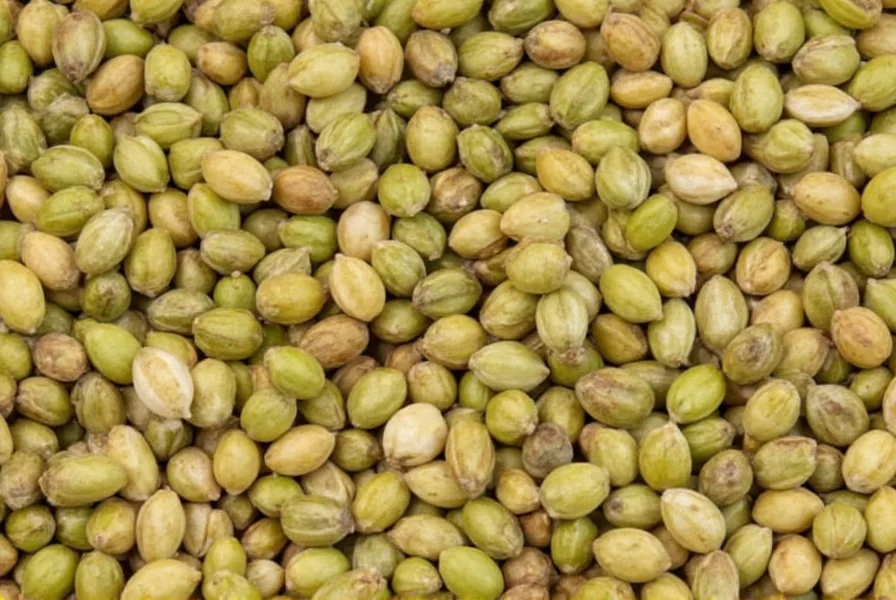
Understanding the Flavor Profile
Cardamom seeds deliver a complex flavor profile that combines floral, citrusy, and mildly spicy notes. This versatility makes them suitable for both sweet and savory applications. The fragrance is warm and aromatic, often described as a blend of orange blossom, mint, and black pepper.
Key Characteristics of Cardamom Seeds:
- Floral Notes: Similar to orange blossom or jasmine, adding elegance to dishes.
- Citrusy Undertones: Bright lemon or lime-like aroma that cuts through rich flavors.
- Spicy Kick: Subtle heat without overpowering, perfect for balancing other spices.
These characteristics make cardamom seeds ideal for everything from desserts and teas to curries and cocktails.
| Spice | Flavor Profile | Best Used With |
|---|---|---|
| Cardamom Seeds | Floral, citrusy, slightly spicy | Teas, desserts, curries, baked goods |
| Cinnamon | Warm, sweet, woody | Baked goods, oatmeal, coffee |
| Nutmeg | Sweet, nutty, slightly sharp | Breads, soups, sauces |
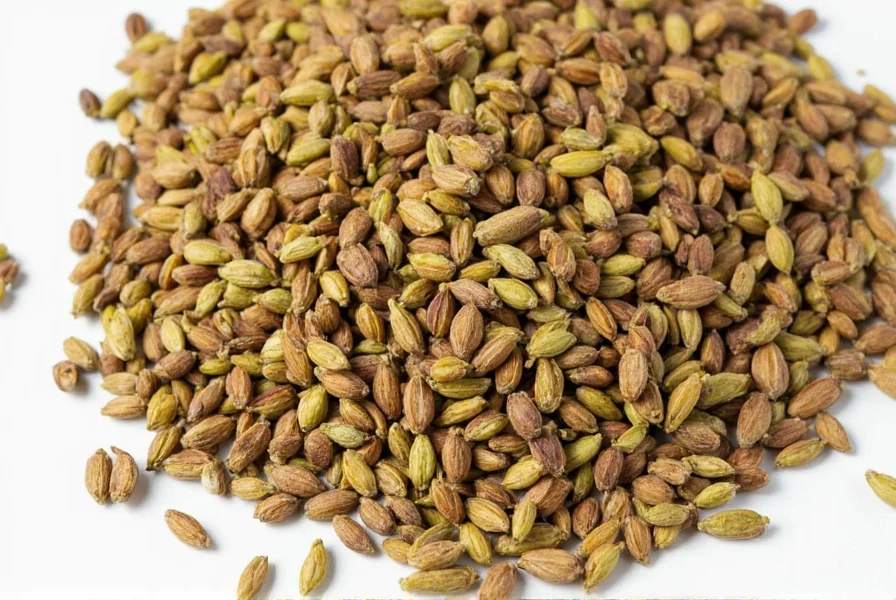
Historical Significance of Cardamom Seeds
Cardamom has been prized for over 4,000 years, originating in the Indian subcontinent where it was once valued more than gold. Ancient Egyptian texts mention its use in religious ceremonies, while medieval European traders brought it to Scandinavia where it became a staple in baking. Today, cardamom remains integral to Indian chai, Middle Eastern coffee, and Nordic desserts like Swedish cardamom buns.
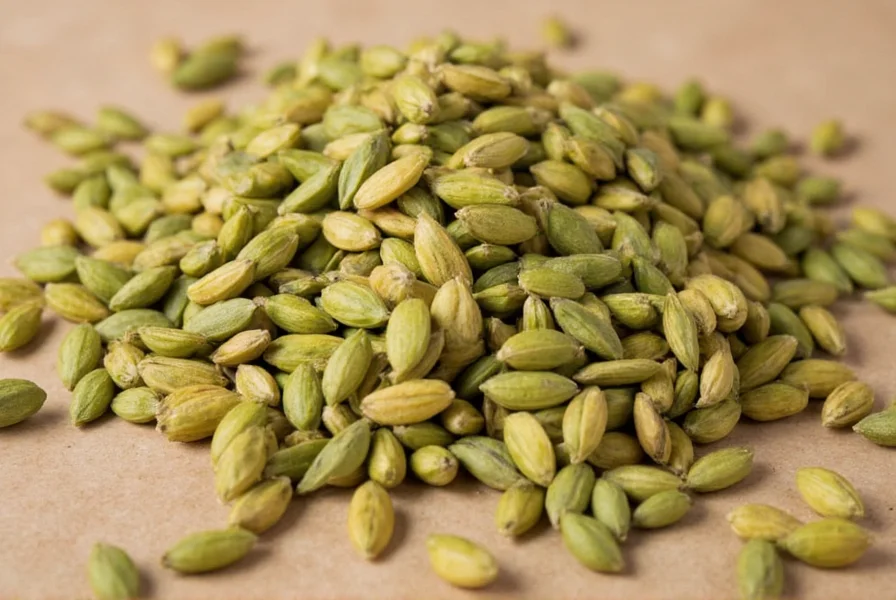
Essential Cooking Tips with Cardamom Seeds
Follow these expert techniques to maximize cardamom's flavor in your dishes:
How to Use Cardamom Seeds in Cooking:
- Crush or Toast: Gently crush whole pods with a mortar or toast seeds in a dry pan for 30 seconds to release oils. For chai, crush 2-3 pods per cup of tea.
- Add Early: For curries and stews, add cardamom at the beginning of cooking to infuse flavors deeply.
- Pair Wisely: Combine with cinnamon, cloves, and nutmeg for Indian spice blends. In baking, pair with vanilla and citrus zest for Scandinavian pastries.
- Use in Baking: Add 1/2 teaspoon ground cardamom to cookie dough or cake batter for a unique twist. Try it in lemon-blueberry muffins or gingerbread.
- Cocktail Applications: Muddle 1-2 crushed pods in gin or vodka for aromatic cocktails. Great in a Cardamom Gin Fizz.
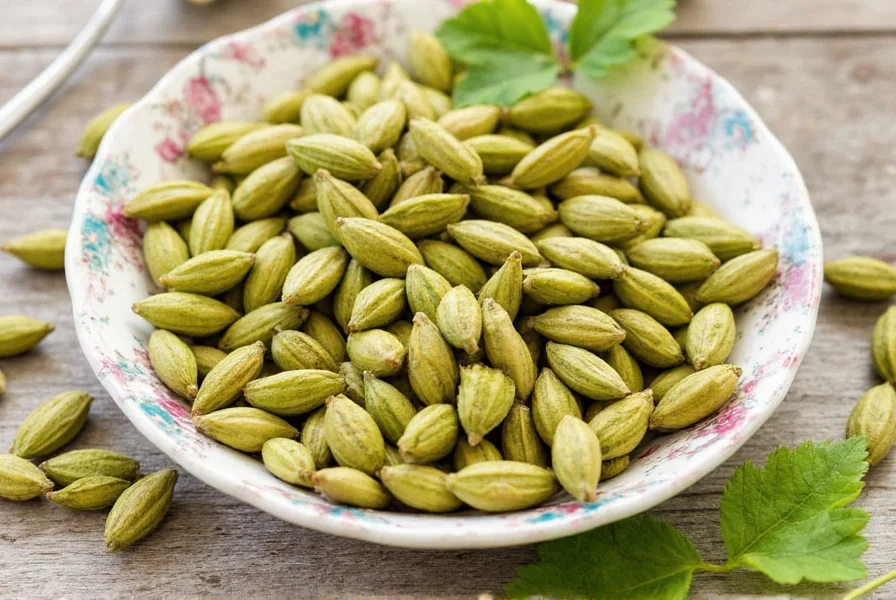
A Comprehensive Buying Guide for Cardamom Seeds
Follow these expert tips to select the highest quality cardamom:
Key Features to Look For:
- Appearance: Choose plump, vibrant green pods with no cracks or discoloration. Avoid dull or shriveled pods.
- Aroma: Fresh cardamom should have a strong, sweet, floral scent. Crush a pod to test fragrance.
- Origin: Indian green cardamom (Elettaria cardamomum) is best for sweet dishes. Ethiopian black cardamom (Amomum subulatum) has smokier notes ideal for savory dishes.
- Packaging: Buy whole pods in airtight containers. Avoid pre-ground cardamom which loses potency quickly.
| Type of Cardamom | Description | Flavor Profile | Best Uses |
|---|---|---|---|
| Green Cardamom | Native to India, most common variety | Floral, sweet, citrusy | Desserts, chai, baking, light curries |
| Black Cardamom | Native to Nepal/Ethiopia, larger pods | Smoky, earthy, medicinal | Meat curries, stews, broths, smoked dishes |
For optimal freshness, purchase from specialty spice retailers like Burlap & Barrel or Kauffman's Spices. Look for harvest dates on packaging—cardamom is best within 6 months of harvest.
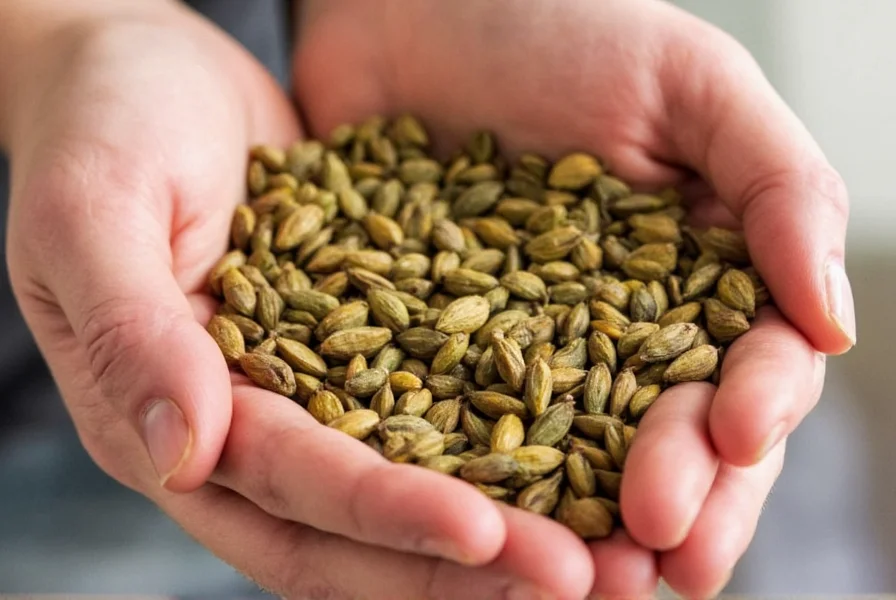
Frequently Asked Questions About Cardamom Seeds
What exactly are cardamom seeds?
Cardamom seeds are the small, black seeds inside cardamom pods. They contain the concentrated flavor and aroma of cardamom. While many recipes call for whole pods, the seeds themselves can be used when a more intense flavor is desired or to avoid the fibrous texture of the pod.
How do I extract seeds from cardamom pods?
To extract seeds, crush pods lightly with a mortar and pestle or the back of a spoon, then separate the black seeds from the outer shell. For recipes requiring ground cardamom, grind the seeds directly in a spice grinder.
What's the difference between green and black cardamom seeds?
Green cardamom seeds (Elettaria) have a sweet, floral, citrusy flavor ideal for desserts and teas. Black cardamom seeds (Amomum) have a smoky, earthy, medicinal profile perfect for savory dishes like curries and stews. They are not interchangeable in most recipes.
How should I store cardamom seeds to maintain freshness?
Store whole pods in an airtight container in a cool, dark place. They stay fresh for up to 1 year. Ground cardamom loses potency quickly and should be used within 6 months. For long-term storage, freeze pods in a sealed bag for up to 2 years.
Can I substitute ground cardamom for cardamom seeds?
Yes, but with caution. 10 whole cardamom seeds equal approximately 1/8 teaspoon of ground cardamom. However, freshly crushed seeds always provide superior flavor. When substituting, start with half the recommended amount and adjust to taste.
What are the health benefits of cardamom seeds?
Cardamom seeds contain antioxidants and have been traditionally used for digestive support, freshening breath, and reducing inflammation. Studies suggest they may help with nausea, act as a mild diuretic, and support oral health. However, they should complement—not replace—a balanced diet and medical treatment.
Which dishes pair best with cardamom seeds?
Cardamom seeds excel in Scandinavian cardamom buns, Indian chai and kheer (rice pudding), Middle Eastern rice dishes like biryani, and Moroccan tagines. They also enhance fruit compotes, baked apples, and cocktails like the Cardamom Old Fashioned.
Conclusion
Cardamom seeds are more than just a spice—they're a gateway to global culinary traditions with their unique floral, citrusy flavor. From ancient Egyptian ceremonies to modern Scandinavian baking, this versatile spice continues to captivate chefs worldwide. Whether you're making chai, baking pastries, or experimenting with new recipes, cardamom seeds deliver big flavor impact with minimal effort.
Remember: Freshness is key. Always store whole pods properly, crush them just before use, and start with small amounts—"a little cardamom goes a long way" as the saying goes. With these expert tips, you'll transform ordinary dishes into extraordinary creations.

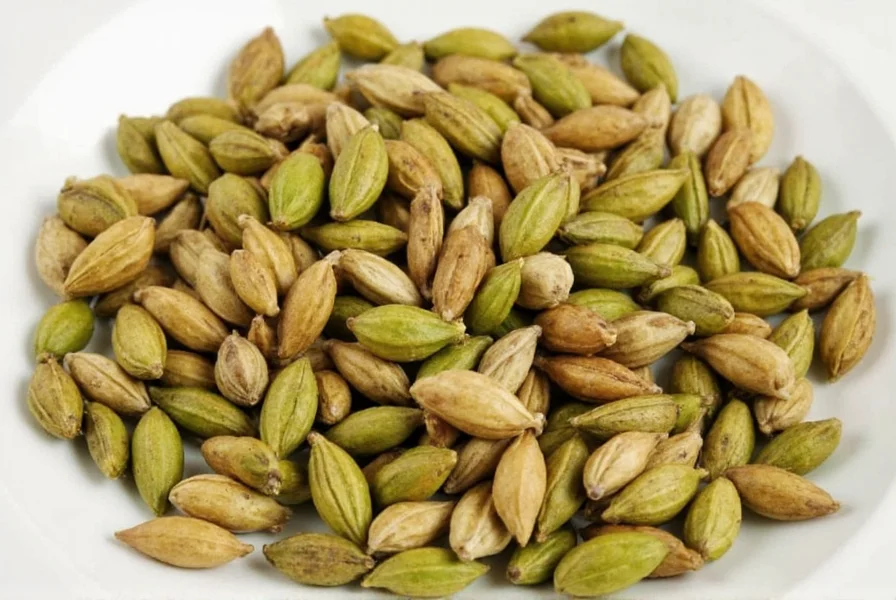









 浙公网安备
33010002000092号
浙公网安备
33010002000092号 浙B2-20120091-4
浙B2-20120091-4